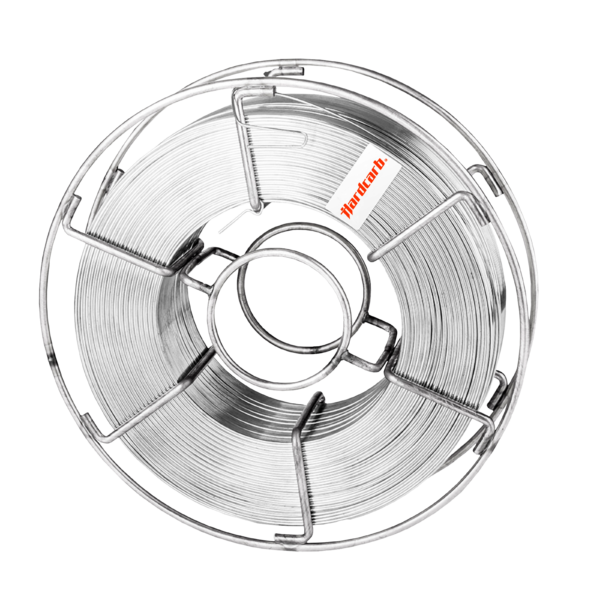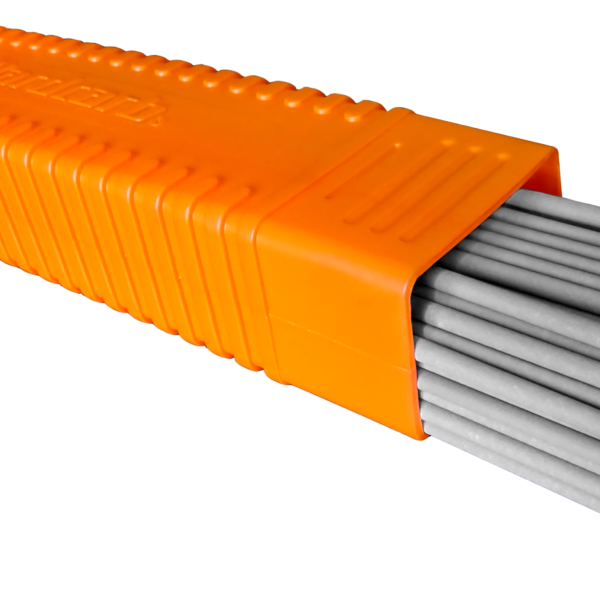Hardcarb 65


Iron base high chromium – manganese hardfacing alloy fortified with Niobium; suitable for applications subject to severe impact along with high abrasion and erosion. The weld deposit is non-magnetic and exhibits excellent work hardening properties.
Weld deposit characteristics:
The weld deposit is austenitic, non-magnetic and has excellent work-hardening properties. The deposit contains dispersed chromium and niobium carbides for providing good resistance to abrasive and erosive wear encountered in high impact applications. The deposit is excellent for multi-layer deposits on “Hadfield” manganese steel and also on carbon steel prior to chromium carbide hardfacing deposit.
Recommended uses and applications
» crusher jaws, hammers and blowbars
» excavator and grab teeth
» gyratory crusher mantles
» dredge cutters
» automobile shredder hammers
Additional info
Anti-wear suitability
| Metal-to-Metal friction Metal surfaces in relative motion forced into contact with or without lubricant. Degradation by the formation of micro-welds between the contacting surfaces. | - |
| High pressure abrasion Wear by relative movement under pressure of mineral particles of suitable hardness, shape and texture to remove material from the metal surface, leaving superficial deformation. | Suitable |
| Cavitation Tearing out of grains from the metal surface by the formation and implosion of bubbles in a liquid in rapid motion. | - |
| Mechanical fatigue Fatigue and formation of cracks in surface regions due to tribological stress cycles that result in the separation of material. | - |
| Thermal fatigue Cyclic exposure to high temperatures leading to permanent deformation by alternate expansion and contraction. Alteration of the structure and properties of the material. | - |
| Hot oxidation Creation of a poorly adhering oxide layer that reforms constantly. Degradation by loss of material thickness. | - |
Workability
| Work hardening Work hardening is the process of making a metal harder and stronger through plastic deformation. When a metal is plastically deformed, dislocations move and additional dislocations are generated. | |
| Edge retention Suitability for creating sharp edges and retaining them during operation. | |
| Machining Machinability is the ease with which a metal can be cut (machined) permitting the removal of the material with a satisfactory finish at low cost. | Suitable using carbide tools. |